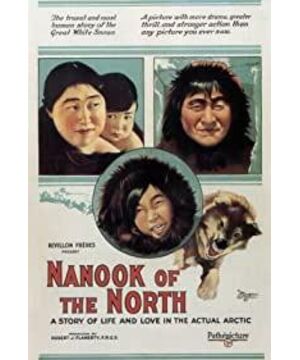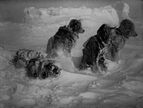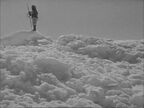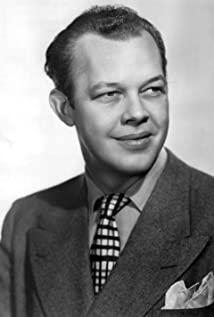I only watched about two-thirds of this documentary in class, and later I made up the rest of it.
To be honest, the feeling of watching a movie for the first time is really average. That is, the shooting and post-production technology of more than half a century ago is far from the current level-how do people who are tired of many commercial entertainment movies today feel about this black and white silent film? In the early 20th century when film technology was born, the relatively backward shooting technology of this film may not be consistent with the film's reputation. From the "ten-second countdown" shot at the beginning of the film to the silent film-style synthesis of subtitles, these features are a kind of original film style that cannot be reproduced in contemporary films no matter how retro-it belongs to the black and white products of the pre-20th century industrial era. .
Returning to the filming technique of this film, the most controversial is undoubtedly the conflict between some of the suspected scenes of "positioning" and the authenticity of the documentary film. For example, there are rumors that the seal dragged out of the ice cave by the hunter named Nanuk in the middle of the film is actually dead long ago; and in the first half, the magical kayak can squeeze two or three adults. , Two children plus a puppy! From a one-minute long lens, one by one out of the kayak makes people wonder: Has this long lens been edited and then synthesized? How can a canoe fit so many people? In addition, the whole family made a reasonable igloo together, and there was a scene where the family got up in the back. The artificial shaping and "positioning" of the plot are almost beyond doubt. If you look at the above-mentioned doubts and controversies, how to study the "authenticity" of this film, and how much does it learn from Chengdu for anthropological films?
Flahadi does not regard the work of shooting "Nanuk in the North" as a true scientific record. This is because he is not a professional in this area, and he is not limited to simple documentary. It is a restoration or even a re-creation of the traditional side of a marginal nation. Doing so may violate the scientific purpose of complete nature, but considering that the Inuit were eroded by the industrial civilization at that time, coupled with the harsh weather conditions in the extreme regions, this method of real reproduction is desirable.
The characters in the film only have actions, and sometimes even actively react to the camera and make some expressions. However, in this less than one hour film, Vlahadi's hard work and experience of working in the polar regions for one year and four months are condensed. In such a long period of time, the shooting work of course only accounted for a small part. In other times, perhaps Vlahadi is experiencing the coldness of the polar regions and the coldness of nature with the Inuit people! If you do not deal with the locals well and understand their food, clothing, housing and transportation, you will not be able to obtain the cooperation of this group of Inuit people, and even more will not be able to shoot images that reflect their original and traditional cultural level. Therefore, from this point of view, Vlahadi can be regarded as half a fieldworker.
What is commendable is that Vlahadi did not look at these marginal tribes with prejudice. In his shooting shots, a kind of humanistic care is involuntarily revealed. From the lens of the hunting behavior of Nanuk and his companions, the details of life, we can even hear his inner admiration: In such a difficult and difficult environment, he can give birth to such an extraordinary peculiarity. Nation!
View more about Nanook of the North reviews








